As a portrait photographer in the digital era, you are expected to be very knowledgeable about Photoshop and Lightroom. This means that besides using basic edits you need to learn how to take your portraiture to a whole new level with more advanced editing tricks. There are many editing tools and procedures that take time to understand and use creatively, but they are definitely worth the effort because they can wow your clients.
The following list of 7 advanced techniques will help you get the most out of your portraits!
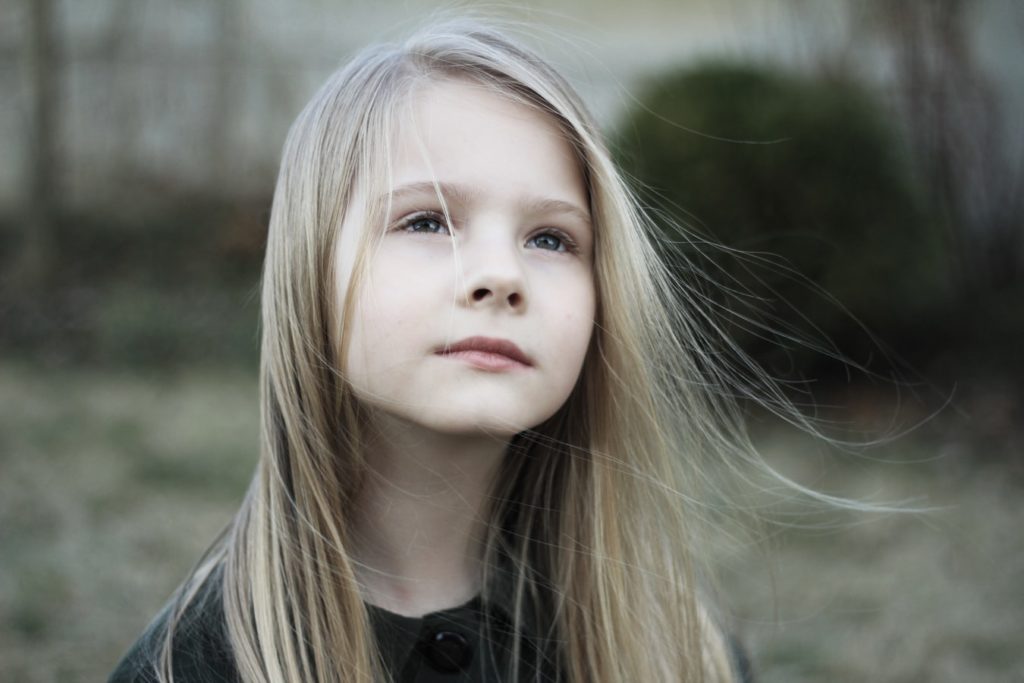
1. Use The Healing Brush Properly
The healing brush can be more useful and more precise tool than the spot healing brush because it allows you to pick your own source points. It’s a great tool for fixing various skin issues – for instance, you can use the healing brush to remove pimples or other inconsistencies on the skin, such as wrinkles or redness.
You can use this brush to get rid of various distractions on backgrounds too, which is truly useful in portrait photography.
2. Know How To Dodge And Burn
There are many ways to use dodge and burn, but if you want to use them properly, you have to find the least destructive way to play with these tools. You should always create new layers for this kind of edits and name them properly so that you can easily find them later on, in your final round of editing.
Dodge and burn are quite powerful and versatile tools – they can be set to affect the shadows, midtones, or highlights. You can also create a sense of depth by having an interesting transition from dark to light in some of your images where you played with these tools.
3. Play With Layer Masks
Layer masks are another important tool that every advanced portraitist should use. When you are toning or editing the portrait you often don't want the effects to be global. You can tone and edit only the selected parts of the image if you know how to use layer masks.
In portraiture, it can be very useful to use layer masks with the hue/saturation adjustment layer. Body parts such as hands, ears and legs often have different colors and layer masks will allow you to balance these colors so that you can get the flawless skin color in your final image.
4. Try Out Different Blending Modes
Layer blending modes are commonly overlooked in Photoshop, which makes them a true hidden gem. When we pick a blending mode, we’re asking Photoshop to blend our selected layer with the layer below based on the selected mode. This means that the pixels from the top layer are going to alter the color and luminosity of those on underlying layers.
There are 26 different blending modes – you should try them out and get creative!
5. Use The Selective Color Tool To Fix Awkward Color Casts
You can use the selective color adjustment tool to edit specific tones and fix various color casts in your portraits. This amazing tool can help you achieve anything from darkening lip colors to fixing uneven skin tones.
This tool also allows you to add blue hues to your shadows, gold tones to your highlights, and introduce similar small changes that can make your portraits pop.
The dialog for selective color can be found in adjustment panels within Photoshop and it’s best to use it with a layer mask.
6. Play With Gradients
The gradient tool should be use sparingly because it tends to look quite overwhelming and it can change the entire atmosphere of the portrait. However, you shoud give it a try because it can add a spark of vibrant colors to your portraits, especially those that lack visual interest.
When used right, gradients can look quite refreshing and memorable. You should always change the layer opacity (of gradients) to around 20% – 30% for a subtle yet magical effect.
7. Use Presets To Speed Up Your Editing
Using a quality preset can save you a lot of time. When installed, presets add an array of different colors, tones, and other adjustments you may need. You can adjust any preset according to your needs, which makes them very versatile and user friendly.
Lightroom presets give you a great starting point and allow you to do one-click edits. They are also really helpful when it comes to repetitive tasks, such as editing a group of photos that are in the same time frame or have similar exposures.
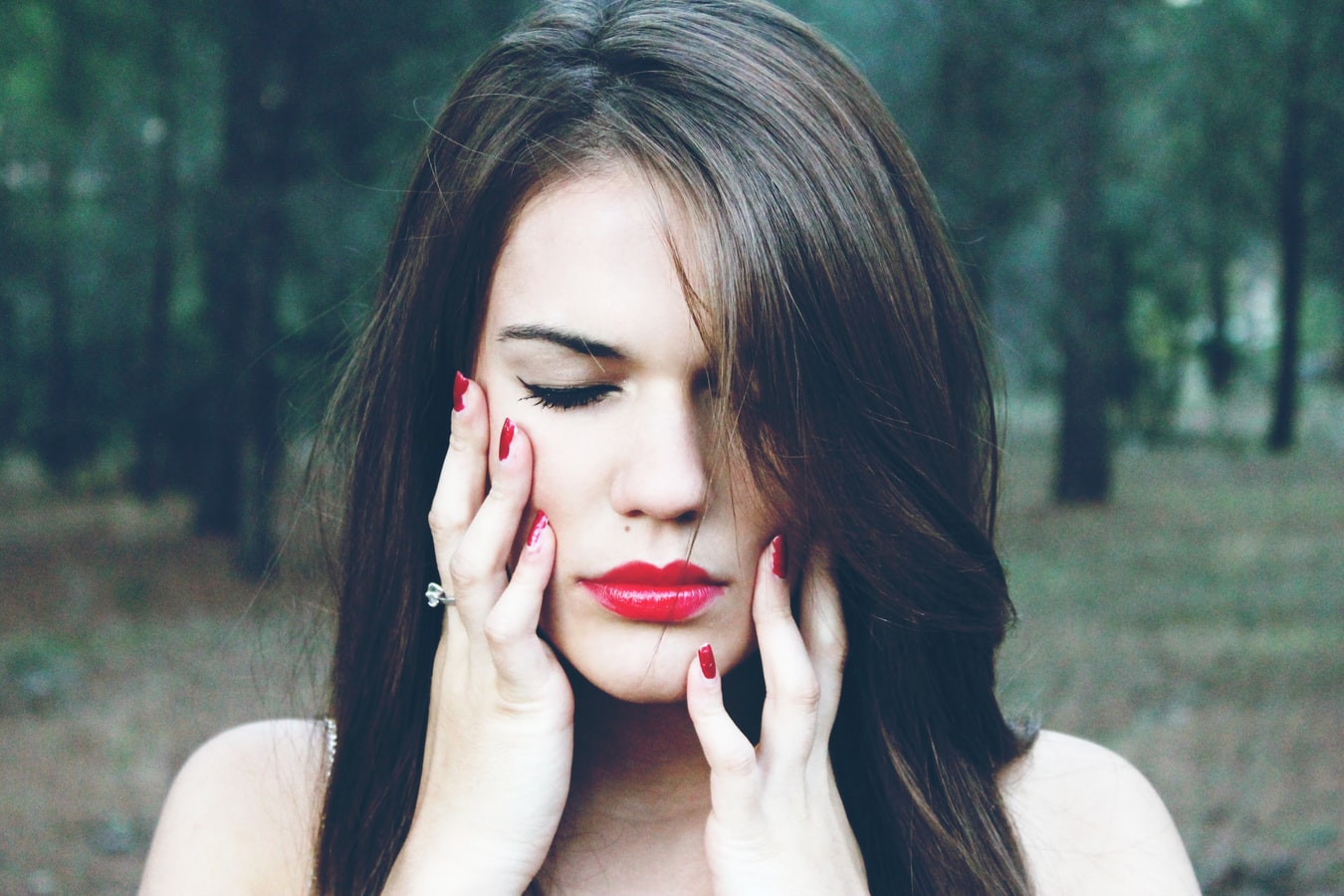
These seven photo editing tips will surely help your improve your portrait editing routine. You can also watch this video to learn a bit more about advanced portrait editing techniques:
Of course, there are many, many more tips and tricks when it comes to editing portraits, so feel free to check out the following links.

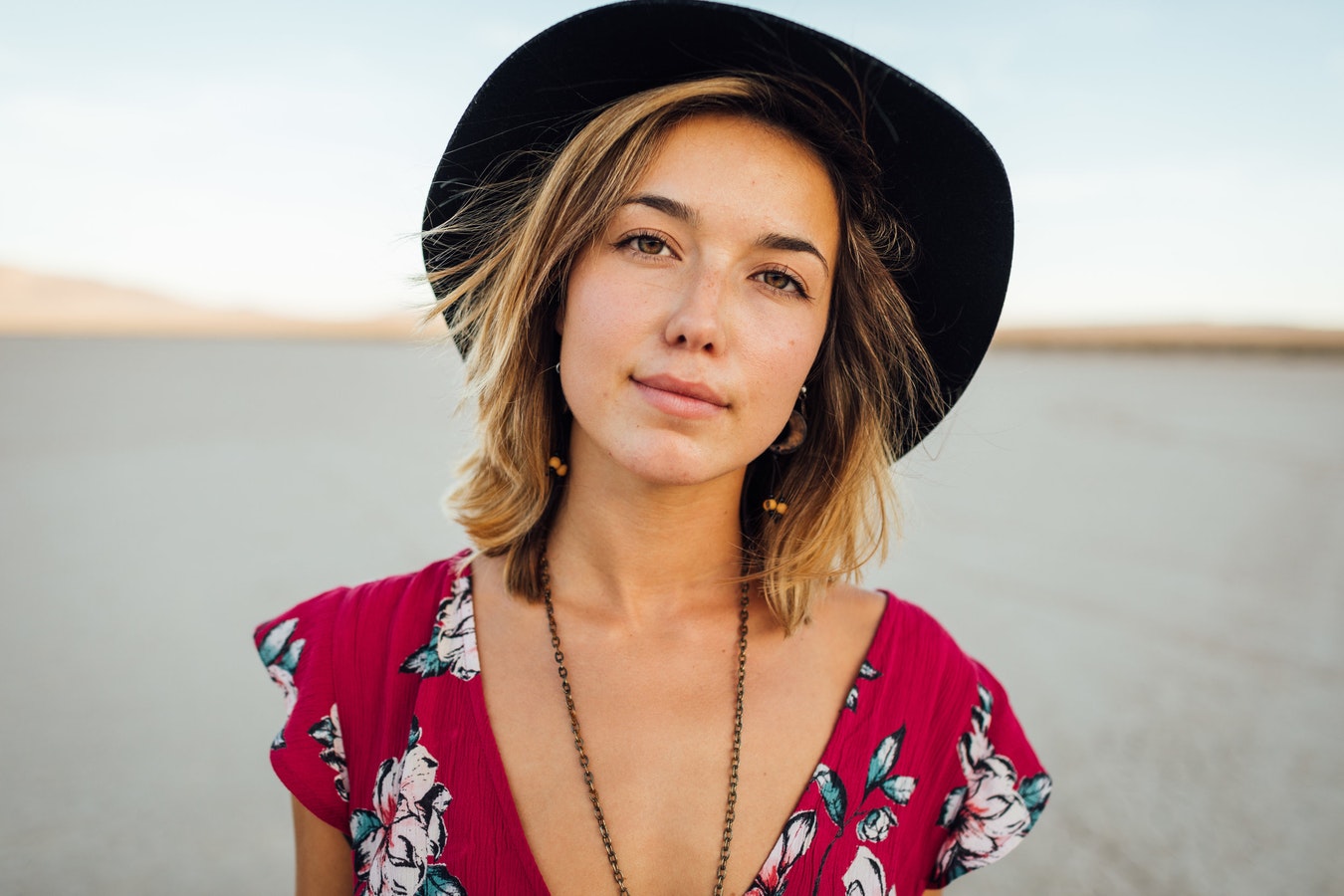
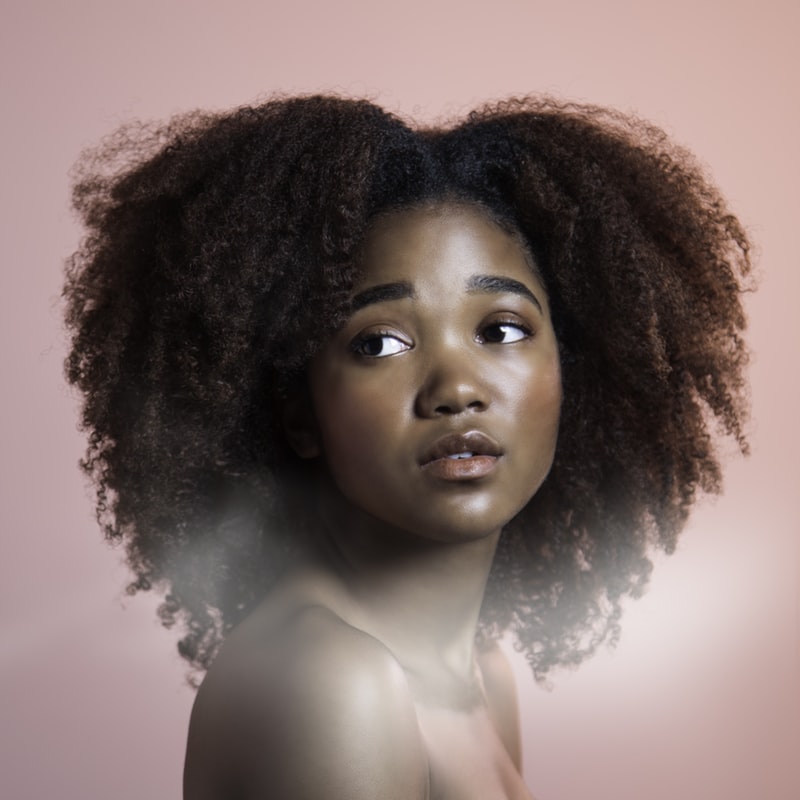
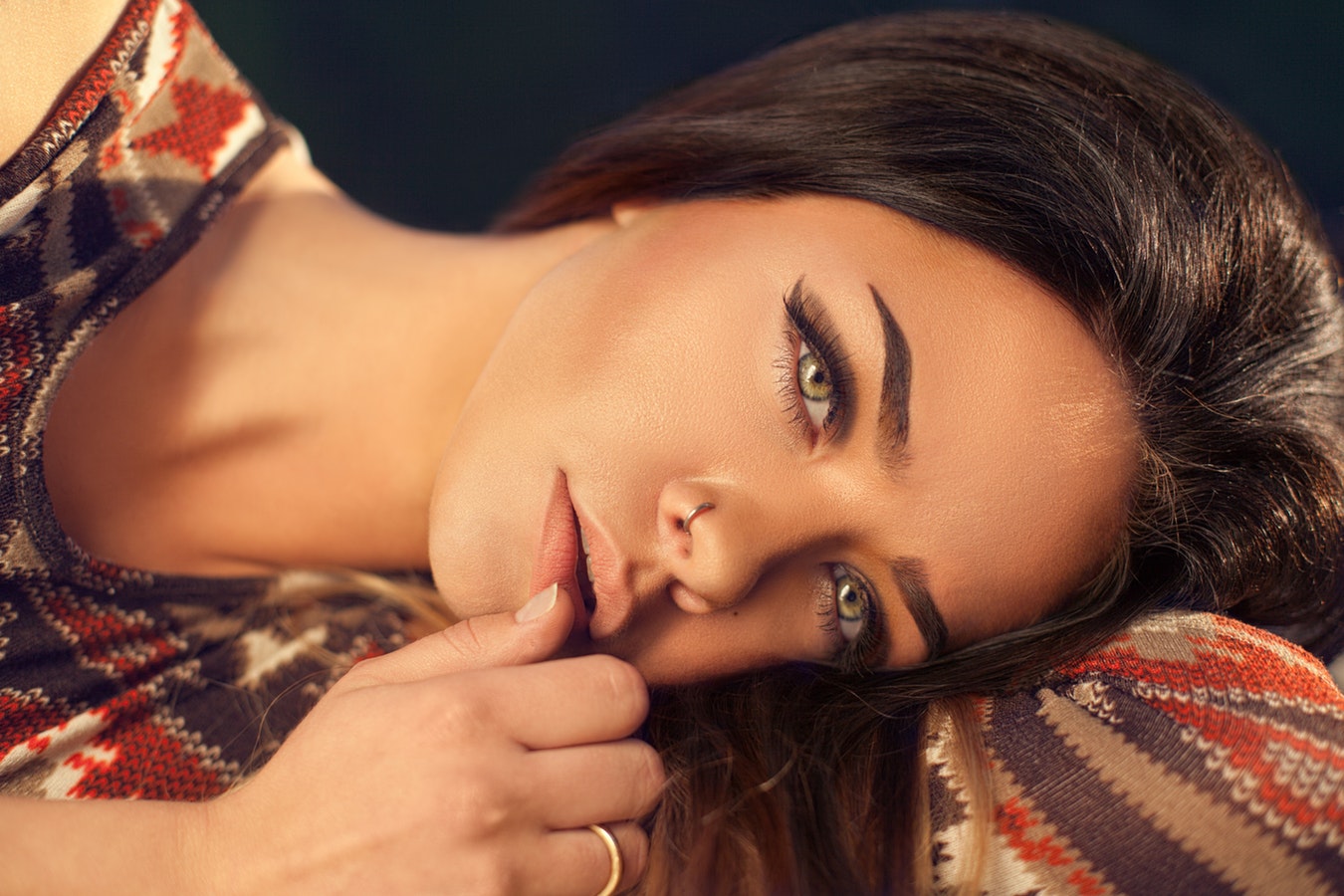
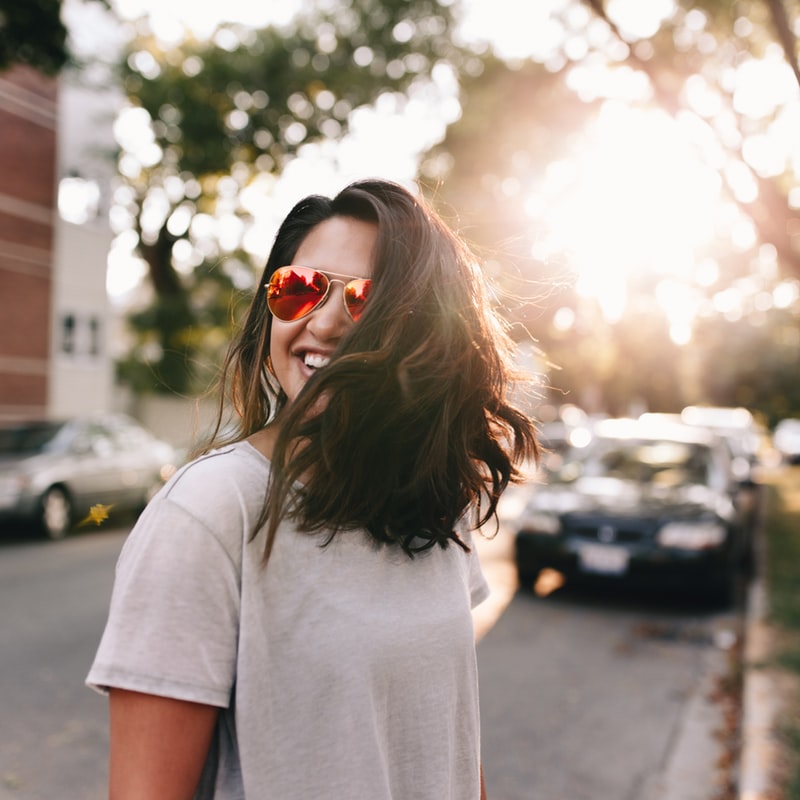
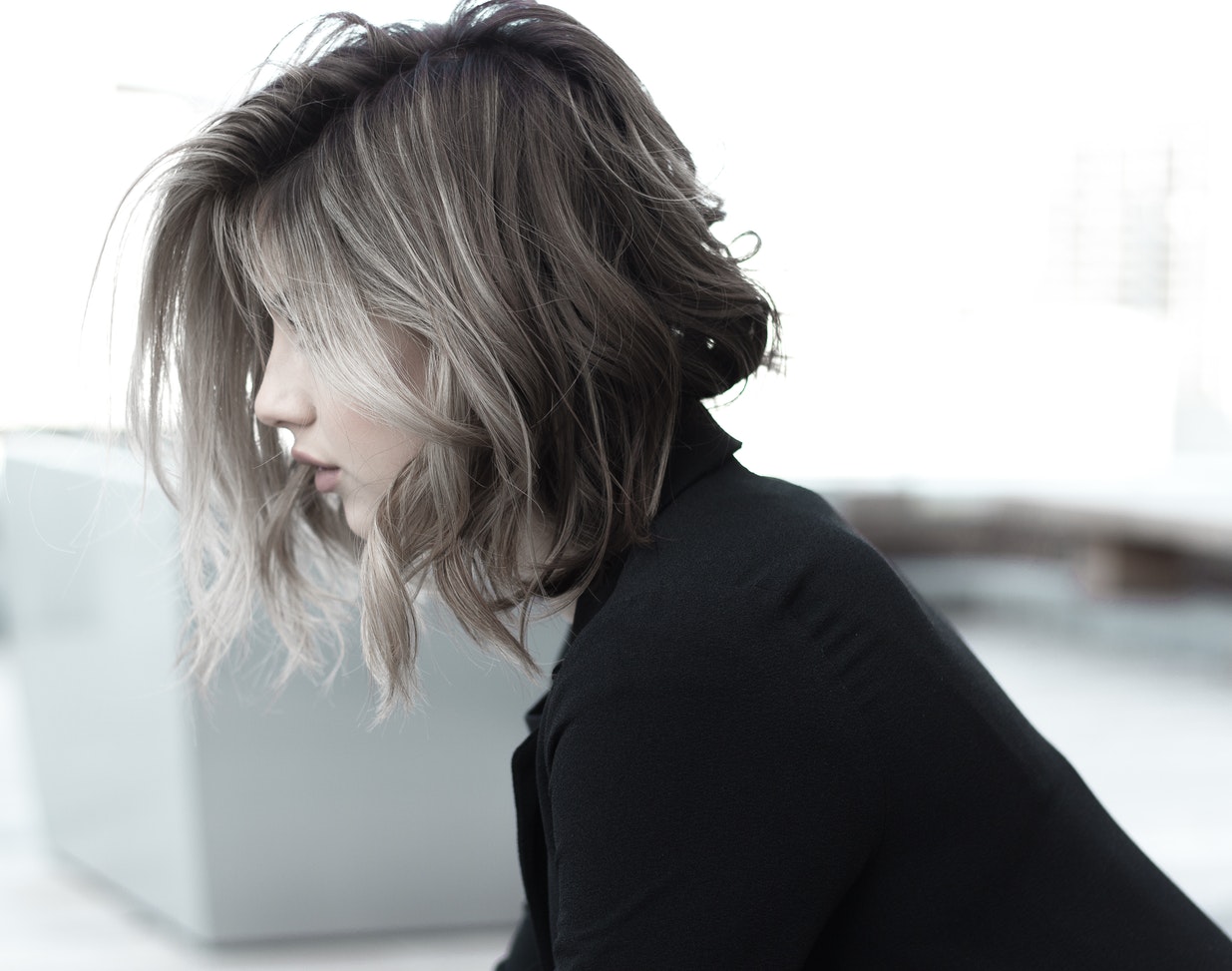
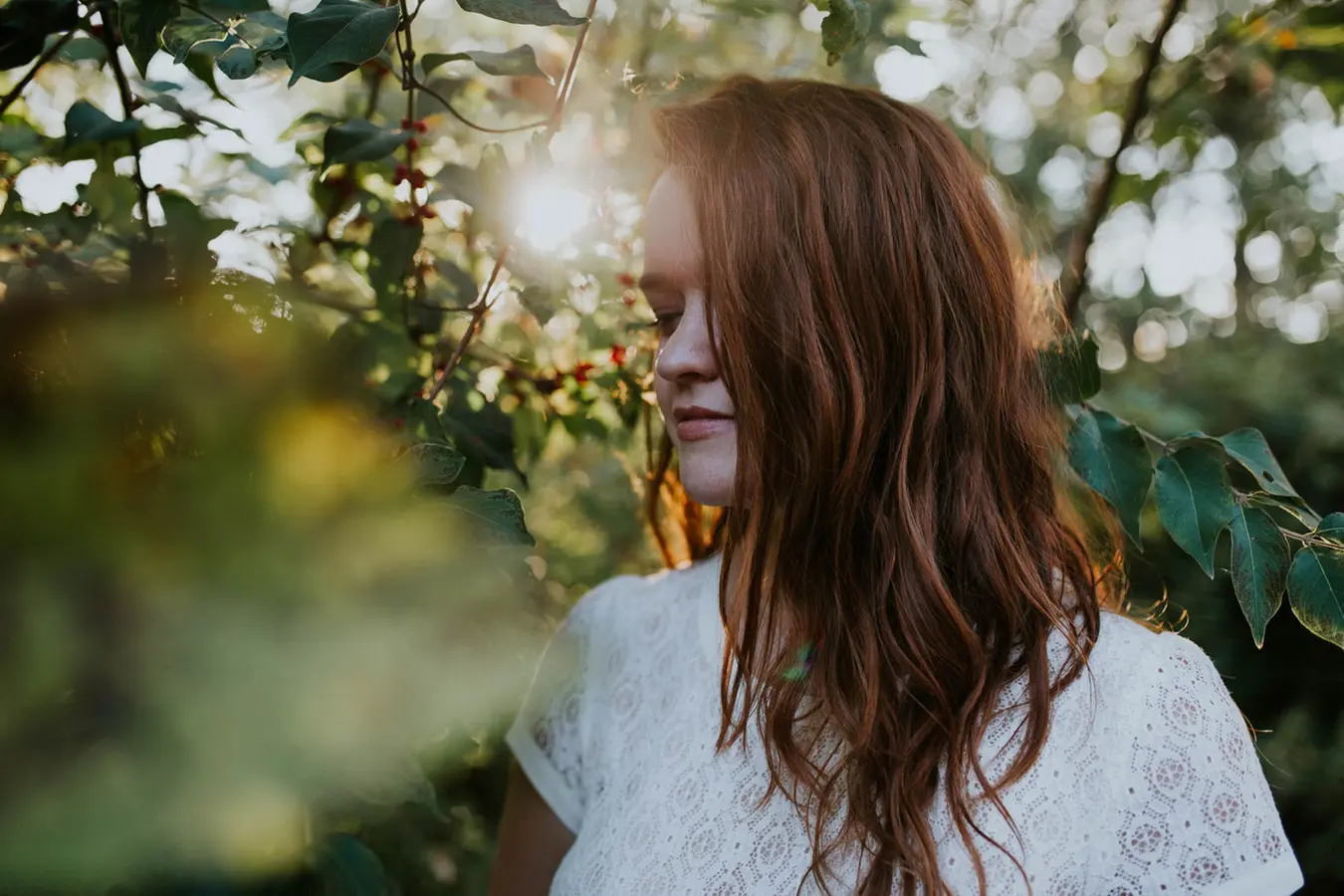






2 Comments
Awesome inspiration for the day with lovely tips. These photos are amazing. Thanks for sharing!
Superb article Jasenka, Looking to start routine photography, What camera would you suggest to buy for initial outdoor portrait photography? And Also help me with prop selection.